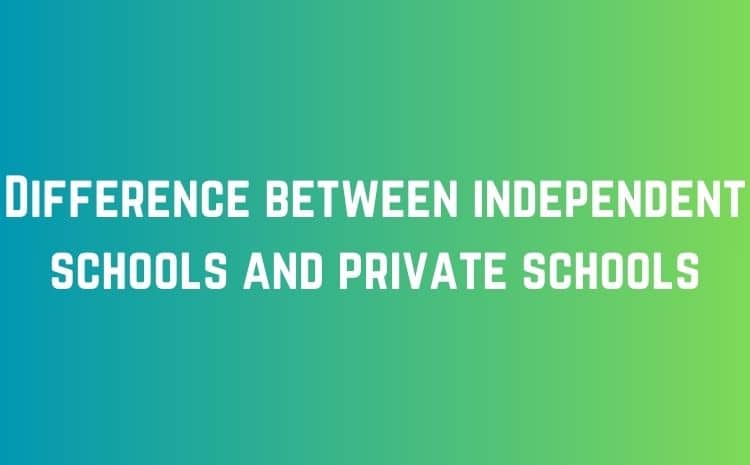What is the difference between independent and public girls' schools?
Reference




OpenAI's Answer
Independent and public girls' schools differ in several key aspects:
-
Funding:
- Independent Schools: These are privately funded through tuition, donations, and endowments. They have autonomy over curriculum decisions and day-to-day operations.
- Public Schools: Funded by the government (federal, state, and local), public schools must adhere to state education standards and regulations.
-
Governance:
- Independent Schools: Typically governed by a board of trustees, independent schools have the flexibility to create unique educational missions and curriculums.
- Public Schools: Managed by school districts and subject to governmental oversight, adhering to a standardized curriculum.
-
Student Diversity and Admission:
- Independent Schools: Often have more selective admission processes, leading to less diversity in terms of socioeconomic backgrounds.
- Public Schools: Generally cannot selectively admit students, resulting in a more diverse student body reflective of the community they serve.
-
Teaching and Curriculum:
- Independent Schools: Have the freedom to develop specialized programs and curricula, often with a focus on specific educational philosophies.
- Public Schools: Follow state mandates, including required courses and standardized testing.
For more detailed information, you can check these resources: Independent vs. Public High School, The Parents' Guide to Independent Schools.
Follow Up
Related
What is the difference between recursos and medio in didactic?
What are the main differences between the Attic standard and Aeginetan standard?
What are the main differences between The 25th Ward and its predecessor The Silver Case?
What is the difference between bereavement grief and mourning?
How do immune responses differ between normal and milk allergic subjects?